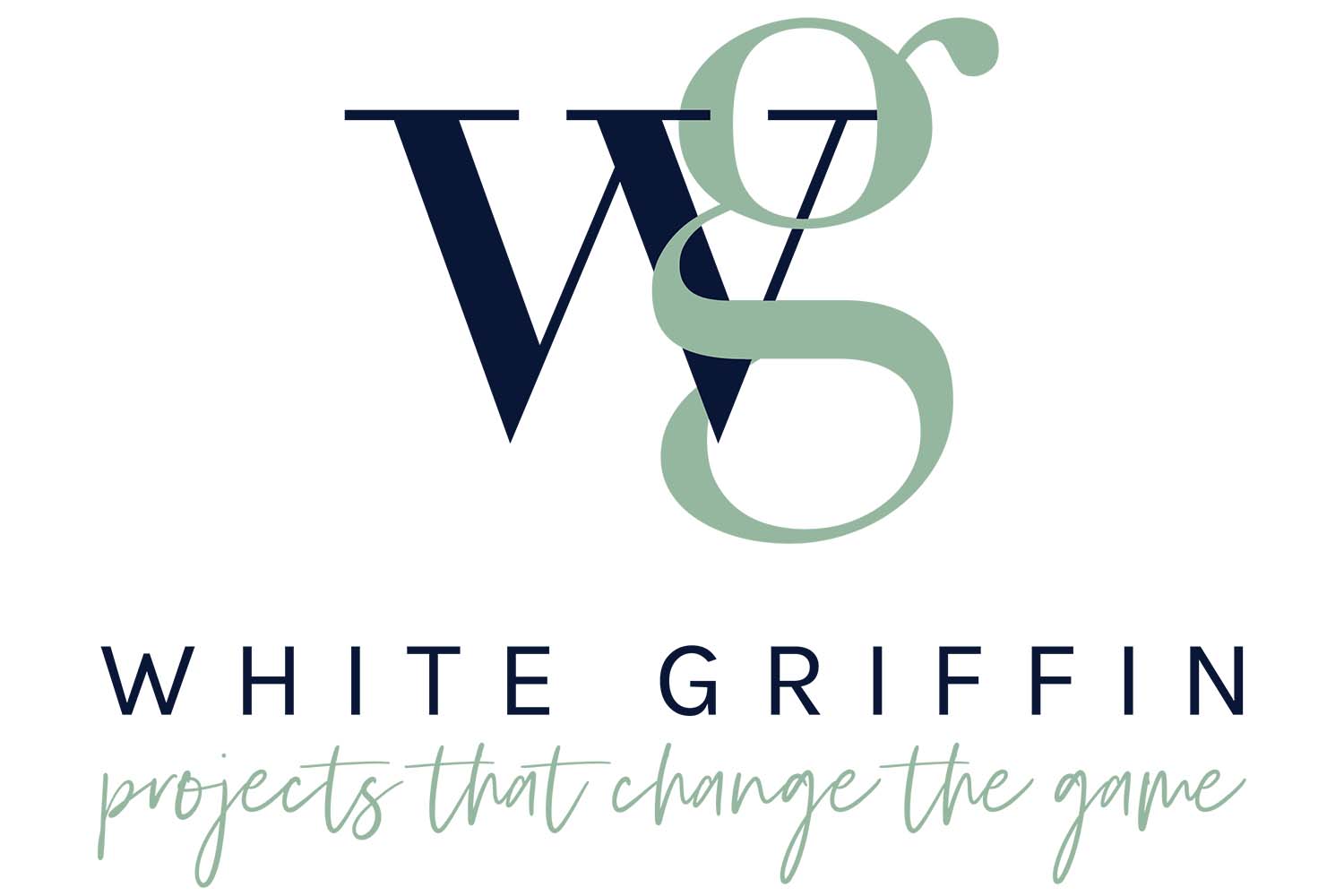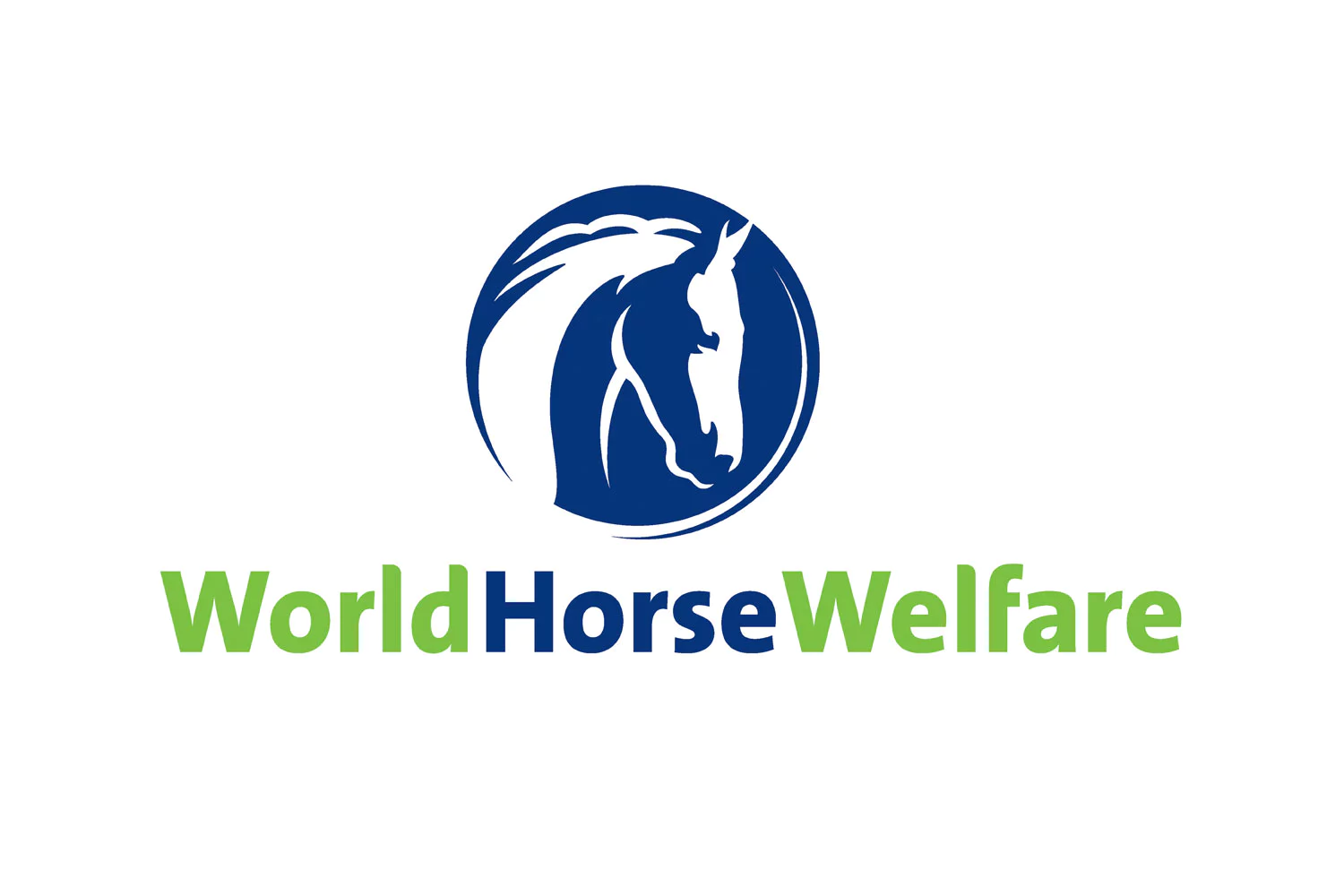The senior horse: nutrition in sickness and in health
Find out more about the key considerations when caring for older horses, whether in work or retired and whatever their health status.
Posted on 22/02/2022

Looking after any age of horse can pose challenges but as a horse gets older there are some key issues we need to be aware of. We asked Dr Pat Harris, of Waltham Petcare Science Institute, and veterinarian Nicola Jarvis, of Redwings Horse Sanctuary, to share their experience with us on caring for the older horse.
Pat explains:
“Many senior horses may still be in active work whereas others may be healthy and retired or may be showing signs of various clinical conditions – some of these may be associated with getting older, but others may be unrelated to their age. Some older horses may be maintaining the perfect body condition score whereas others may be lean or obese. There is, therefore, not one overarching description that works for all senior horses when planning their nutrition and feeding management.”
Working together, Pat and Nicky have provided some general suggestions for feeding and managing the senior horse. However, specific recommendations will obviously depend on your individual animal – your vet will be able to advise you further.
Physical changes to consider when caring for older horses
Changes in body composition, physical strength and function occur in all animals with age. Some horses, however, remain physically active and healthy well into their twenties and yet others become “geriatric” by mid-teens.
As owners, we should therefore:
- Treat all horses as individuals as they age.
- Monitor them regularly, as changes can occur rapidly but may also occur so gradually that we might not notice they have happened until we are far along the process.
- Familiarise ourselves with the subtle signs of failing dentition and ill health.
General considerations when caring for elderly equines
When caring for elderly horses and ponies it’s important to make sure you provide adequate shelter and protection from extremes of environmental conditions, but equally to avoid prolonged confinement in a stable if possible. They will also need a suitable area to lie down in which is large enough to reduce the risk of them getting cast, especially if they start to find it harder to get up and down with aging joints. You may find they need clipping in hot weather if they begin to struggle to shed a long coat.
Elderly equines will need thorough, regular dental care – your vet or Equine Dental Technician will be able to advise you on an appropriate schedule – as well as strict attention to control of internal/external parasites. Regular blood work and/or veterinary evaluations are also advisable to detect the early onset of common disease/ageing infirmities.
Owners may need to consider active strategies to ensure adequate water intake all year round, including making sure water and feed containers are at an appropriate location and height to optimize access – especially if an older horse has arthritis in the neck or limbs. Regular monitoring of bodyweight/condition is essential, so that their feed regime can be adjusted according to whether body condition loss or gain is required – and particular attention paid during extreme environmental conditions.
Regular foot trimming is just as important during a horse’s senior years, whether they’re in work or not. Choosing a flat paddock, free from poaching and ruts, can also help to decrease the strain on elderly joints. It’s advisable to choose field companions carefully to avoid bullying; older horses may need to be fed separately, although some individuals will become stressed if separated from their companions and may need a close ‘buddy’ nearby.
Careful monitoring and observation for changes in activity levels and movement is really important. Things for owners to keep an eye on include an older horse’s behaviour for the farrier or during ridden work, their interactions with other equines, any difficulties eating, how much time they spend grazing, their ability to lie down and rise, and their overall demeanour.
Weight management and considerations in senior horses
Obesity may be as much an issue with older equines as it is in the general horse population, but with the added complications of:
- An increased risk of lameness, laminitis and insulin resistance/dysregulation.
- Making worse any existing issues with keeping their body temperature constant.
- Increasing the reduction in ability to fight infections that comes with age.
Weight loss or difficulty in maintaining adequate body condition is also not uncommon in aged horses but should not be taken as being ‘normal’ as it might reflect:
- Issues with actually being able to eat food – especially problems with their teeth but also jaws, and even neck or general mobility.
- Needing a change in their core diet e.g. needing more calories to maintain body condition, especially in colder weather, and/or needing more quality protein to help support muscle.
- A number of clinical conditions, such as PPID (often referred to as Cushing’s), liver or kidney disease, or gut problems associated with worm infestations.
Nutritional considerations for older horses
All old horses, even those with severely compromised dentition, should have forage/high fibre feeds (as for all horses) as the foundation of the diet. This can be fresh or preserved, such as hay/haylage/pasture. Unless choke is a problem, high quality/hygienic hay or haylage, grass or grass/legume mix, can be offered free choice whenever possible depending on energy requirements etc. (Please note that this may need to be restricted for weight management reasons). An appropriate ‘balancer’ should be fed to ensure overall nutrition if the horse is not being fed sufficient amounts of an appropriate fortified complementary feed.
However, when dental issues are more severe, animals may not adequately masticate long stem forage especially mature hays. When available, and if laminitis is not an issue, pasture turnout may be the most appropriate forage source, as grass appears to require less mastication than dried long stem forages. Grass is usually an excellent source of most nutrients required by healthy aged horses not in active work (an appropriate ‘balancer’ should be fed to ensure overall nutrition).
Alternatively, or in addition to long stem forage, chopped hays or haylages, soaked beet pulp, commercial mashes and/or hay/grass cubes divided into at least two or, preferably, three or more feedings per day (offering ideally 1.5 to 2.0% of the horse’s bodyweight in dry matter overall) can be used. Processed fibre sources can be soaked in water to reduce the risk of choke and increase water intake.
Pelleted or extruded “complete” complementary feeds together with mashes may also be used, especially for horses who have little or no ability to masticate even chopped hays adequately. These should also be soaked in water to reduce the risk of choke, and ideally offered in limited amounts (0.1-0.5% of the horse’s bodyweight) per feeding to prevent spoilage and maximize intake. Whole grains and even processed grain mixes may not be suitable for horses with severe dental abnormalities. It’s important to ensure good protein quality as well as appropriate overall intake, whatever your horse’s primary feed source.
Additional vegetable oil/fat can be added (if required and clinically appropriate) to help maintain or gain weight. This should always be added gradually, and typically fed at a rate of no more than 1ml per kg of bodyweight per day. Linseed/flaxseed oil is often recommended, but corn oil is typically most palatable (must be fresh and non-rancid).
When feeding your horse oil, it’s vital to ensure the rest of the diet provides sufficient vitamins and minerals. For example, your horse is likely to need additional vitamin E to support oil supplementation. If your horse doesn’t like the taste/texture of oil, products high in rice bran can be used to increase fat intake or alternatively you could consider a commercial high oil fortified feed.
It’s best to avoid feeding large, grain-based meals. You should restrict meal sizes to <1.5kg/500kg horse, for example, even when adapted to such meals. For all horses, ensure overall starch (and preferably starch and sugar) intake is <1g /kg BW per meal and ideally <2g/kg of the horse’s bodyweight per day. All cereals other than oats should be cooked/processed before feeding.
If your horse is prone to, or at increased risk of, laminitis and/or known to have insulin dysregulation then they should receive no grains or commercial feeds (including those fed as hay replacers) which contain high levels of starch and/or sugar (NSC). Any complementary feed provided should have low/restricted NSC, with the aim of producing a low or low-moderate post-prandial insulin response. You may need to restrict the water-soluble carbohydrate intake considerably from the pasture and any preserved forage. Ideally, choose a hay containing <10-12% NSC on a dry matter basis – speak to your nutritional support/veterinarian. Feed multiple small meals, even of balancers. Because insulin responses are highly variable it may be advisable to monitor the actual insulin response to the specific meal /forage being fed to an individual especially in cases of severe insulin dysregulation – speak to your veterinarian.
Topics
Related Blog Posts

Plan for an emergency when you’re not around – help us to help your horse
Deputy Chief Field Officer Jon Phipps has top tips for owners on making plans just in case your horse injures themselves when you’re not there.

How to help a needle-shy horse overcome their fear
Grooms Amy and Emily explain how they work with horses who are nervous with needles before a visit from the vet.
Recommended News Articles

Leading sustainability specialists White Griffin in partnership.
Partnership to develop our environmental strategy.

Help for Haitian horses, mules and donkeys and their owners
Lives of horses – and their owners – improved in rural Haiti by international project despite Covid-19.
Enjoy reading stories like this?
Join over 65,000 other horse lovers and sign up for our email newsletter

Join over 65,000 other horse lovers and sign up for our email newsletter
Sign me up now
